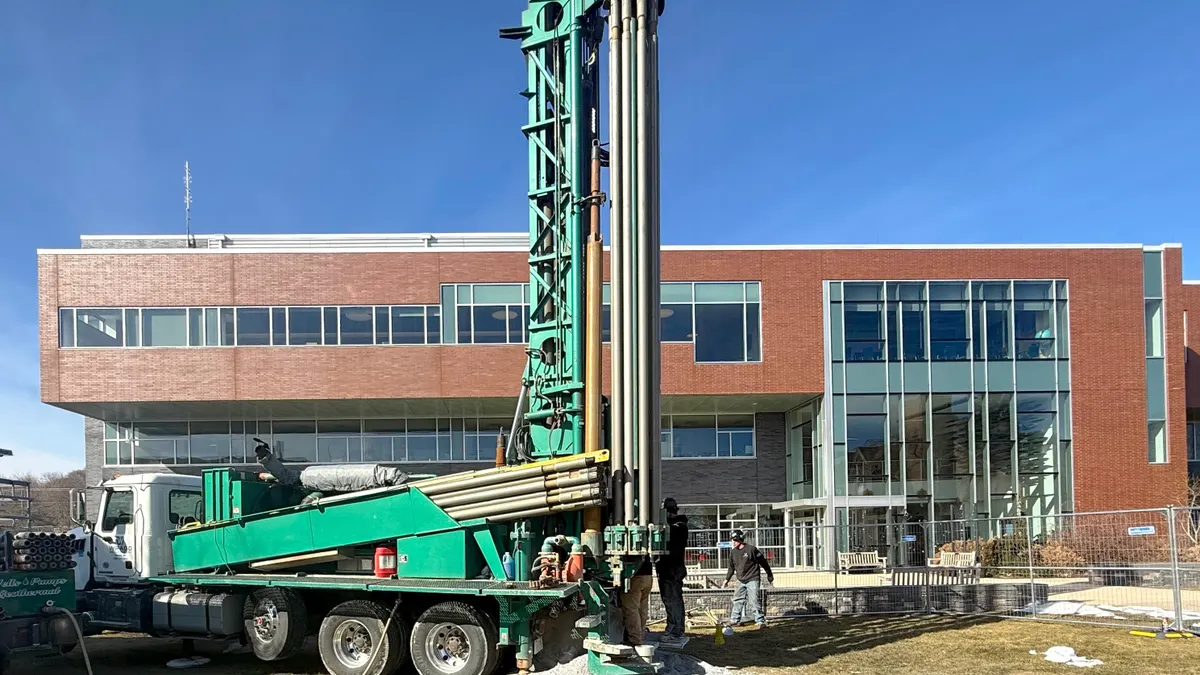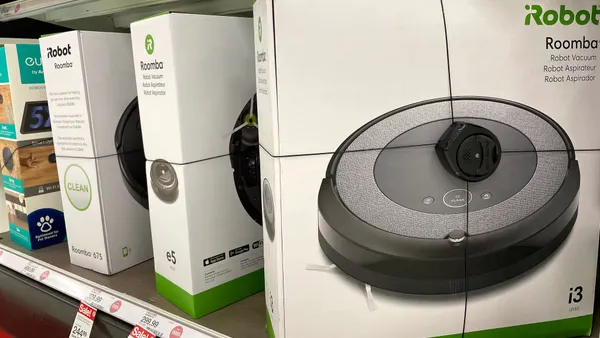SAVANNAH, Ga. — Facility managers and building operators must act with intention and speed when it comes to piloting and integrating new technologies, according to speakers at Realcomm IBcon.
“You have to have a very tight plan and rigor around innovation, which sometimes sounds counterintuitive,” Thano Lambrinos, senior vice president of digital buildings, experiences and innovation at QuadReal, said in a panel discussion.
Acting with rigor comes down to putting structure around pilots, which should only last for about four to six weeks, depending on the technology, Lambrinos said. “You have to know what your business challenge is and what you’re actually trying to solve for, and not just running around with pieces of technology that are hammers and everything's a nail,” he said.
Moving past the pilot phase often requires working with vendors to ensure that piloted technology is production-ready from the start, according to Neil Ross, head of corporate real estate product and technology management at Walmart, who previously held roles at Microsoft and Schneider Electric.
“When we made a decision about which vendors to go with and we wanted to pilot, we built it as a production-ready pilot,” said Ross, noting that many times even standing up a pilot can take months when you factor in security, privacy, procurement and other concerns. “We would go into a pilot with the intent that we’re going to grow this.”
Identifying your business challenge requires taking lessons from salespeople in the industry, Lambrinos said. “Because you’re really selling within your organization … on why whatever business problem you’re trying to solve is a real problem and is actually a good idea for you to tackle,” he said.
“It’s about the outcomes,” said Timothy Cook, vice president of smart building technology innovation at Goldman Sachs. “Don’t get caught up. The tech is here. It’s ready to be adopted [and] it’s going to meet you where you are. Focus on those outcomes with all your stakeholders and push.”
For example, when Walmart wanted to implement new building management technology at a corporate campus in Bentonville, Arkansas, Ross found that the number of sensors that were needed were much higher than expected, meaning his budget request was going to jump from about $3 million to $5 million.
“There were things that changed along the way, but [for] everything we did, we had a value equation,” Ross said. “If we do this, this is the value that the organization receives, and this is going to lead to operational improvements.”
For every technology the company planned to implement, it talked to stakeholders about value, Ross said. “We talked about value before cost. If you want to derive the benefit from all of this, and this is the value that you receive, [then] this is the cost that’s it going to take,” he said.
In addition, it helps to prepare the organization for things to go wrong, Lambrinos said. “We’ve had iterations of things that we’ve tried that have failed miserably … but we contained it. We thought something was going to be great, and it didn’t work,” he said. “Contain the blast radius. Make sure that when you’re piloting or trying things out, that you don’t do a big, full-scale rollout before you know how it works.”
In the end, operating successful pilots comes down to testing the strategy you have, defining the criteria for success and being ready to fail and move on, Lambrinos said.













